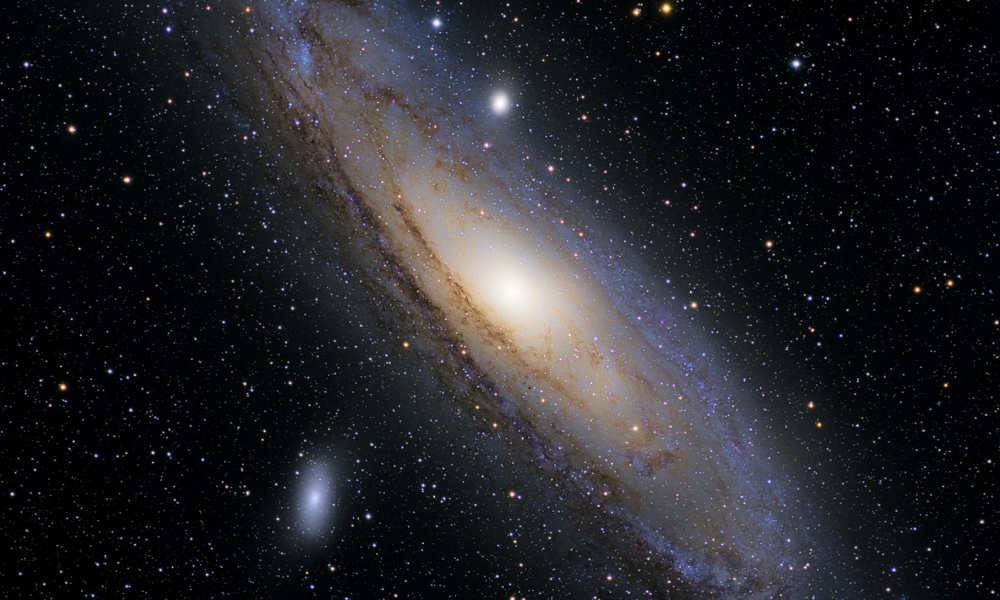
ESA Open Invitation to Tender AO9738
Open Date: 20/05/2019
Closing Date: 25/07/2019 13:00:00
Status: ISSUED
Reference Nr.: 19.1TT.21
Prog. Ref.: CC for Advanced Tech
Budget Ref.: E/0505-01C – CC for Advanced Tech
Special Prov.: BE+DK+FR+DE+IT+NL+ES+SE+CH+GB+IE+AT+NO+FI+PT+GR+LU+CZ+RO+CA
Tender Type: C
Price Range: > 500 KEURO
Products: Ground Segment / Ground Station / Antennas / Structure & Thermal, Servo / Mechanics, Reflectors, feeds and diplexers, Antenna Control Units (ACUs), Drive Systems, …
Technology Domains: Electromagnetic Technologies and Techniques / Antennas / Array Antennas and Standalone Radiators
Establishment: ESTEC
Directorate: Directorate Telecom & Integrated Applica
Department: Telecom Technologies,Product&Systems Dep
Division: Technologies and Products Division
Contract Officer: Mezzadri, Monica
Industrial Policy Measure: C2 – Activities in open competition, significant partecipat…
Last Update Date: 20/05/2019
Update Reason: Tender issue
The objective of the activity is to develop a switchable beam-pointing solution for low-profile Direct-To-Home (DTH) antennas, as an alternative to reflector based multiple feed DTH antennas. A prototype of a low profile Ku-band DTH antenna shall be designed, manufactured and tested in order to validate the proposed solution and demonstrate the concept.Targeted Improvements:Reduction of the mechanical form factor, complexity and installation effort by an order of magnitude in comparison to dual, triple, quad LNBs basedand motorised reflector DTH antennas used today.Description: The market for broadband user terminals grows further as products become more affordable, targeting consumer applications (e.g. cars, homes).Developments of contemporary geostationary orbit (GSO) andnon- geostationary orbit (NGSO) space systems require antenna beam agility for bothfixed and mobile applications. Moreover, cost effective steerable terminals may also serve receive only applications as Direct-to-Home (DTH) satellitetelevision.Existing solutions for beam steering occur at different level of technology maturity (either commercially available or under development), ranging fromfully mechanical to fully electronic, including also combinations of these two approaches. Two major constraints for consumer market are cost and size,excluding thus either electronic or fully mechanical solutions respectively. A hybrid solution would combinebeam switching in elevation withmechanical rotation in azimuth. This approach enables a low-profile design while maintaining a relative small number of active modules (one activemodule per beam port, typically around 10, versus one active module per radiating element, typically thousands, in the case of electronic steeringsolutions). Distributed amplification before the beam portscould enable graceful performance degradation similar to phased array antennas. Othertechniques enabling finer angular steering may also be considered. An alternative approach could be to insert the amplification section between theelevation beamformer and the azimuth beamformer, still reducing significantly the complexity and cost of the electronics when compared to phasedarray solutions.These solutions require a beamforming device producing multiple beams over a very wide scanning range, up to ± 45°. Recentimprovements on Rotman lens designs and two-dimensional beamformers seem to indicate that such a wide scanning range is achievable.This activity shallinvestigate beamforming techniques that enable very wide scanning range, and analyse the antenna architecture trade-offsfor reducedmechanical complexity, improving thus its form factor while maintaining its cost and reliability. To validate the proposed solution, this activity shalldevelop a prototype of the proposed low profile antenna design for a DTH application at Ku-band, and test its critical functionality in a representativeenvironment.Procurement Policy: C(2) = A relevant participation (in terms of quality and quantity) of non-primes (incl. SMEs) is required. For additional information please go to EMITS news „Industrial Policy measures for non-primes, SMEs and RD entities in ESA programmes”.
If you wish to access the documents related to the Invitation to Tender, you have to log in to the ESA Portal.
